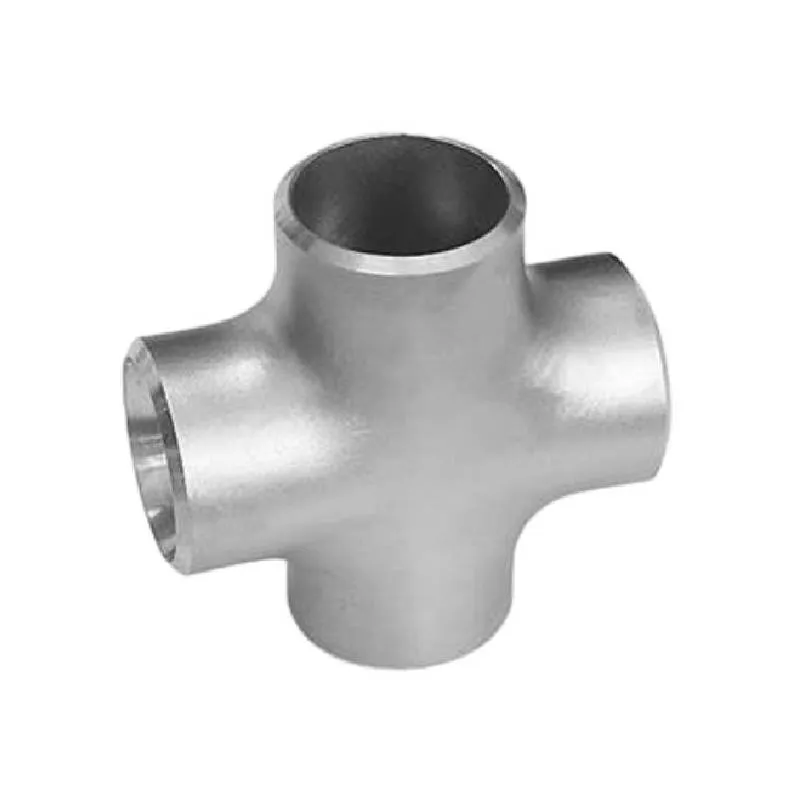-
Cangzhou Yulong Steel Co., Ltd.
-
Phone:
+86 13303177267 -
Email:
admin@ylsteelfittings.com
- English
- Arabic
- Italian
- Spanish
- Portuguese
- German
- kazakh
- Persian
- Greek
- French
- Russian
- Polish
- Thai
- Indonesian
- Vietnamese
- Zulu
- Korean
- Uzbek
- Hindi
- Serbian
- Malay
- Ukrainian
- Gujarati
- Haitian Creole
- hausa
- hawaiian
- Hebrew
- Miao
- Hungarian
- Icelandic
- igbo
- irish
- Japanese
- Javanese
- Kannada
- Khmer
- Rwandese
- Afrikaans
- Albanian
- Amharic
- Armenian
- Azerbaijani
- Basque
- Belarusian
- Bengali
- Bosnian
- Bulgarian
- Catalan
- Cebuano
- China
- China (Taiwan)
- Corsican
- Croatian
- Czech
- Danish
- Esperanto
- Estonian
- Finnish
- Frisian
- Galician
- Georgian
- Kurdish
- Kyrgyz
- Lao
- Latin
- Latvian
- Lithuanian
- Luxembourgish
- Macedonian
- Malgashi
- Malayalam
- Maltese
- Maori
- Marathi
- Mongolian
- Myanmar
- Nepali
- Norwegian
- Norwegian
- Occitan
- Pashto
- Dutch
- Punjabi
- Romanian
- Samoan
- Scottish Gaelic
- Sesotho
- Shona
- Sindhi
- Sinhala
- Slovak
- Slovenian
- Somali
- Sundanese
- Swahili
- Swedish
- Tagalog
- Tajik
- Tamil
- Tatar
- Telugu
- Turkish
- Turkmen
- Urdu
- Uighur
- Welsh
- Bantu
- Yiddish
- Yoruba

Jul . 27, 2024 08:45 Back to list
Understanding EN 1092-1 Type 11 Flanges and Their Applications in Industrial Settings for Enhanced Performance
Understanding EN 1092-1 Type 11 Flanges
Flanges play a critical role in piping systems, providing a reliable method for connecting two pipe sections, valves, pumps, and other equipment. The design and specification of flanges are vital for ensuring proper performance in various applications. One such specification is defined by the European standard EN 1092-1, which outlines the general requirements for metallic flanges. Within this standard, Type 11 flanges are a significant classification, known for their unique features and versatility.
Understanding EN 1092-1 Type 11 Flanges
One of the notable features of Type 11 flanges is their compatibility with various materials. They can be manufactured from carbon steel, stainless steel, or other alloys, making them suitable for diverse industrial applications, including water treatment, chemical processes, and oil and gas extraction. The choice of material significantly influences the flange's performance, durability, and resistance to corrosive environments. For instance, stainless steel Type 11 flanges are preferred in applications involving aggressive chemicals, while carbon steel flanges may be more economical for less corrosive environments.
en1092 1 type 11

The design of Type 11 flanges conforms to specific dimensions and tolerances outlined in the EN 1092-1 standard. This includes details on bolt hole diameter, flange thickness, and nominal size, ensuring compatibility with standardized piping systems. The standard also provides specifications for pressure ratings, indicating the maximum pressure the flanges can safely withstand. Engineers and designers must carefully consider these factors when selecting Type 11 flanges for their systems to ensure safety and reliability under operating conditions.
Installation and maintenance of Type 11 flanges are relatively straightforward. The flat face design allows for even distribution of pressure when the flange is bolted to a counterpart, reducing the risk of leaks. Proper installation techniques, such as using the appropriate gaskets and following the correct tightening sequence, are essential for achieving a leak-free connection. Maintenance practices, including regular inspections for signs of wear or corrosion, help prolong the service life of flanges and the integrity of the entire piping system.
In terms of applications, Type 11 flanges are widely used in various industries. They are particularly favored in water and wastewater treatment facilities, where reliable connections are crucial for system efficiency. In the oil and gas industry, these flanges are employed in pipelines and storage tanks, ensuring the safe transport and containment of hydrocarbons. Their versatility allows engineers to utilize Type 11 flanges in various systems, adapting them to meet specific operational requirements.
In conclusion, EN 1092-1 Type 11 flanges serve as a fundamental component in many industrial piping systems. Their flat face design, compatibility with different materials, and adherence to standardized dimensions make them an ideal choice for a multitude of applications. Proper selection, installation, and maintenance of these flanges are vital for ensuring system reliability and safety. As industries continue to evolve, the importance of reliable connecting components like Type 11 flanges will remain paramount, underscoring the significance of adhering to standards such as EN 1092-1 in engineering practices.
Latest news
-
ANSI 150P SS304 SO FLANGE
NewsFeb.14,2025
-
ASTM A333GR6 STEEL PIPE
NewsJan.20,2025
-
ANSI B16.5 WELDING NECK FLANGE
NewsJan.15,2026
-
ANSI B16.5 SLIP-ON FLANGE
NewsApr.19,2024
-
SABS 1123 FLANGE
NewsJan.15,2025
-
DIN86044 PLATE FLANGE
NewsApr.19,2024
-
DIN2527 BLIND FLANGE
NewsApr.12,2024
-
JIS B2311 Butt-Welding Fittings LR/SR 45°/90° /180°Seamless/Weld
NewsApr.23,2024











